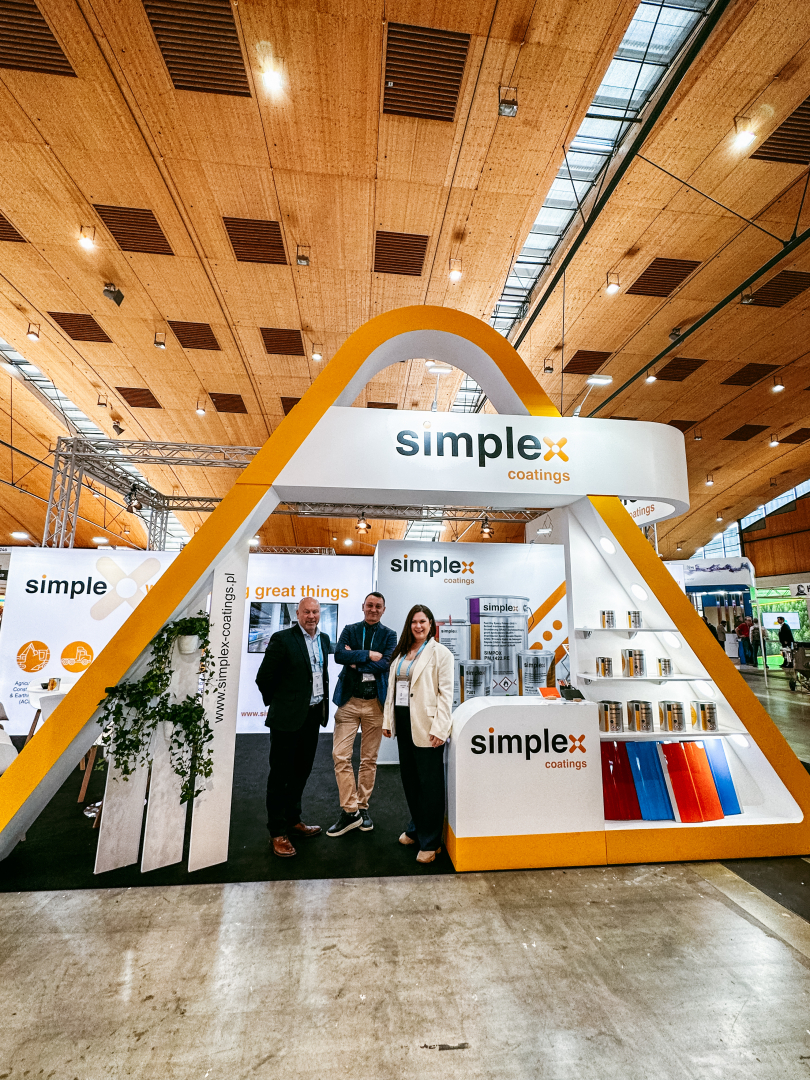Most people who function in the industrial market have more or less to do with standards. Also in industrial painting, norm is a word that is used quite often. So what are standards and do we need them at all? Why were they introduced?
Many types of standards are encountered on a daily basis by most people who work in production. For example, in many companies, the norm is to make sure your workstation is clean. Norms also come in the form of a predetermined daily or monthly goal to be produced lz realized. A standard can also be a set of guidelines according to which something should be done, for example, items for category C4M were painted according to ISO12944.
Let's focus on standards as generally applicable standardization documents in industrial painting - health and safety, i.e. painting with masks, special gloves and with proper ventilation, etc. In industrial varnishing, we have a lot of standards for performing the work in question. The main one is ISO12944 - which relates to corrosion protection of steel structures by means of painting systems, and a whole group of related standards. We also have adhesion (adhesion) control standards, namely ISO2409 - the notch grid method, and ISO4624 - evaluation of adhesion by pull-off tests. In turn, a group of standards in the 8501 series specifies standards for surface preparation before painting.
There are also many standards and regulations that apply to the production of paints and varnishes - such as those contained in the REACH regulation. The requirements specified therein must be met by paint materials manufactured and marketed in the EU market.
Uniformity of rules is key.
Why do we need these standards? First of all, so that everyone can equally relate to what is produced and how it is produced. For example, we can ask a steel construction contractor how he prepares the surface before painting. After all, good surface preparation is more than half the battle when it comes to corrosion protection. If the answer would be sandblasting/blasting, without knowing the standards we wouldn't know if he's doing it right. On the other hand, with knowledge of the relevant standards, we can at least ask if it is Sa grade 2.5.
With uniformity of rules, all market players should operate according to the same predetermined rules. Of course, one can encounter attempts to bend them or look for half-measures. Sometimes suppliers more or less consciously take advantage of customers' ignorance. An example is "anti-corrosion primer". This is a name that can be found on many paint products. However, what does it mean? To what extent does this product protect the surface? We won't know this unless we ask the supplier about this primer's compliance with specific standards. Only this information will give us full knowledge. Sometimes you can also get a question from customers about whether the product complies with category C5. According to ISO12944, this is an indication of the environment in which the system will be used, but without a specified durability. So, theoretically, you can sell any system that has, for example, the lowest resistance in the C5 environment in period L (up to 5 years). And yet there are paint systems with a shelf life of VH (very high, even over 25 years).


Economic efficiency is equally important.
Przy doborze systemu lakierniczego powinniśmy kierować się nie tylko normą antykorozyjną, ale także jego efektywnością ekonomiczną. Wpływ na to ma zarówno spełnianie określonej normy, ale także odpowiednia odporność, na którą składa się liczba warstw lakieru, minimalna grubość powłoki, czas schnięcia, wygrzewanie itp. Elementy te przekładają się na efektywność ekonomiczną. Sama cena jednostkowa farby czy podkładu ani badanie, które potwierdza daną ochronę przed korozją, nie da nam odpowiedzi, czy zastosujemy odpowiednie materiały, najlepsze dla nas rozwiązanie.
W wielu sytuacjach można też spotkać działania bez żadnej analizy. Powinniśmy zawsze zadać sobie pytania: jaki jest cel danego systemu lakierniczego, co chcemy osiągnąć, jakie mamy możliwości i sprzęt, czego oczekują klienci. Dopiero wtedy powinniśmy określić normę, do której chcemy się odnieść. Dla przykładu, jeśli produkujemy elementy, które znajdują się wewnątrz ogrzewanych budynków, nie ma sensu spełniać kategorii C4-M lub wyższej.
W normach określone są także grubości powłok lakierowych. Prawda jest jednak taka, że nowoczesne systemy lakiernicze dają doskonałe zabezpieczenie przy dużo niższych grubościach. Lakierujmy więc grubości, które podaje producent, jeśli potwierdza zabezpieczenie stosownym badaniem. Im grubsza warstwa lakieru, tym więcej go zużywamy i tym droższa jest produkcja. Nawet jeśli grubość powłoki mamy określoną w specyfikacji projektowej, przedstawmy dyrekcji lub klientowi odpowiedni dokument ze specyfikacją techniczną oraz wykonajmy lakierowanie efektywnie i ekonomicznie. Skoro odpowiednie zabezpieczenie, potwierdzone badaniami, daje warstwa lakieru o grubości 120 μm, po co nakładać 200 μm lub więcej?
Podsumowując, normy w lakiernictwie przemysłowym są nam bardzo potrzebne – są bowiem kierunkowskazem i dają jednolite zasady, które obowiązują wszystkich. Nie dajmy się jednak zwariować i stosujmy je mądrze, nie na wyrost. Korzystajmy z doradztwa specjalistów i po prostu zadawajmy pytania. I choć w pewien sposób normy nas ograniczają, to ich właściwe i mądre wykorzystanie z pewnością pomaga przy każdej produkcji lakierniczej.

 You will read in 3 minutes
You will read in 3 minutes
Discover how Simplex is presenting the future of paint technology at PaintExpo 2024 in Karlsruhe. See our advanced pigments and color systems that are defining industry standards.
 You will read in 7 minutes
You will read in 7 minutes
Simplex is redefining the paint industry by combining series production with trade show paint quality. Through innovative technologies and processes, the company enables customers to achieve optimum product efficiency and aesthetics...
 You will read in 5 minutes
You will read in 5 minutes
We present a few words about how to choose a paint system and how to calculate the cost of painting, and explain whether using cheaper products always turns out to be beneficial for our budget.









